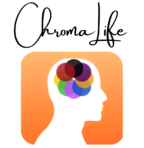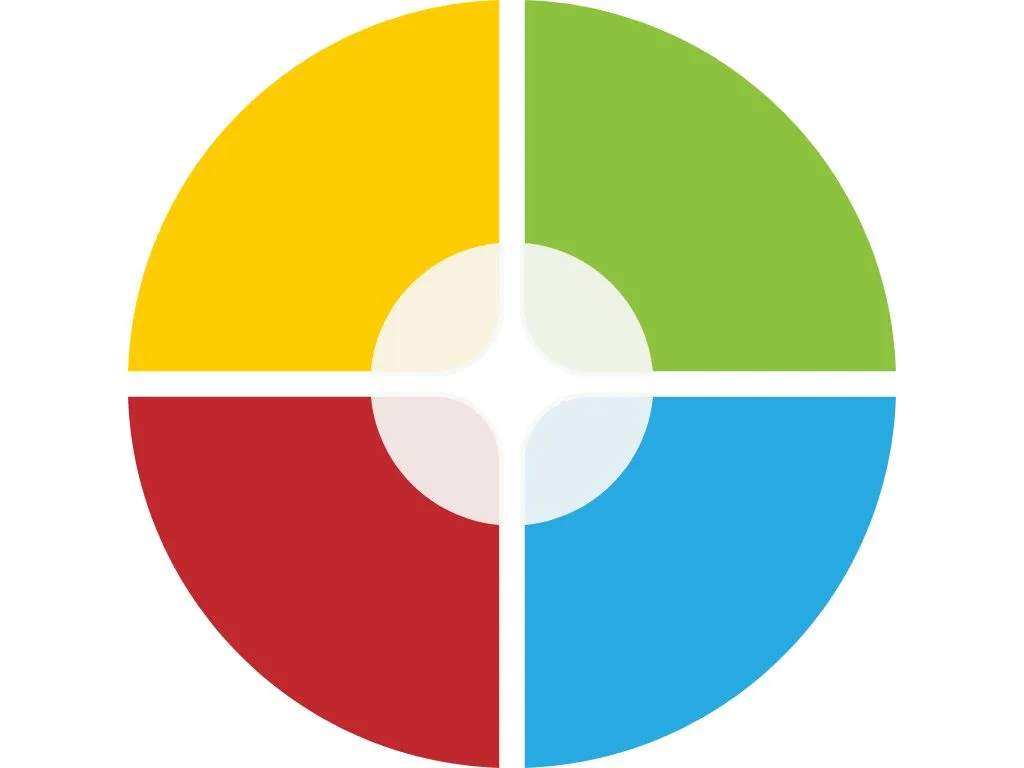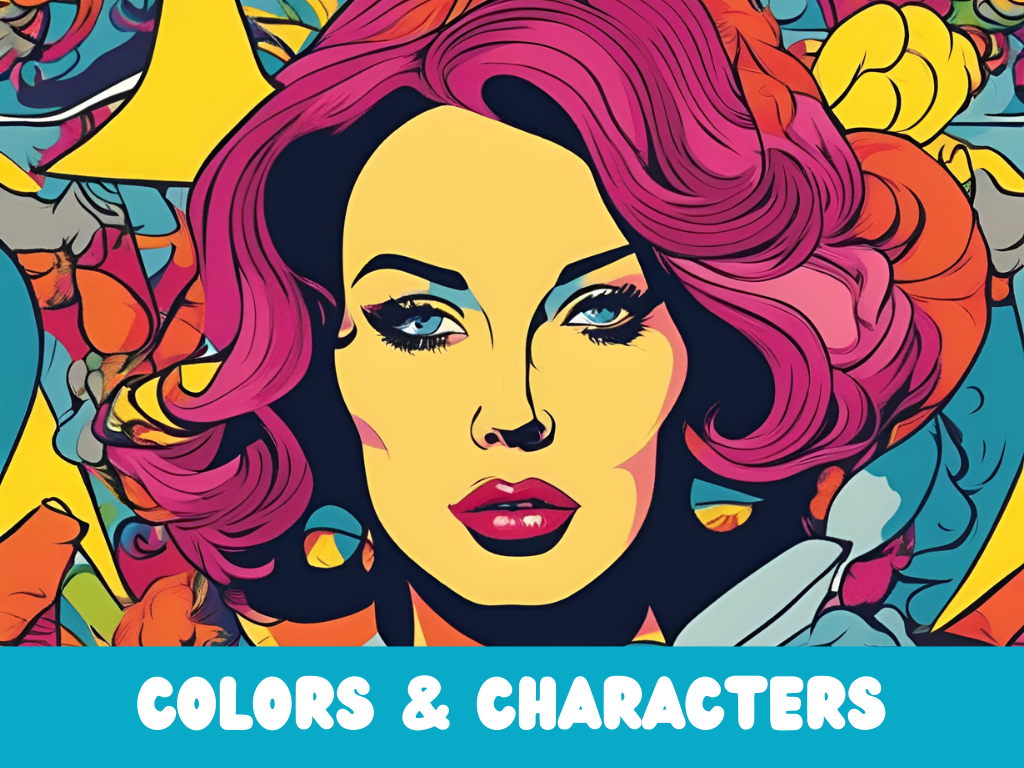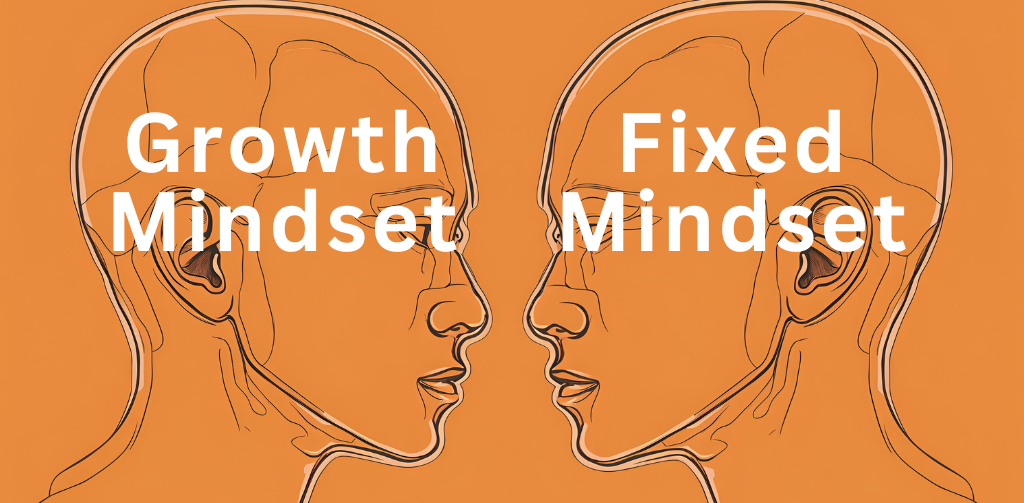[read-time]
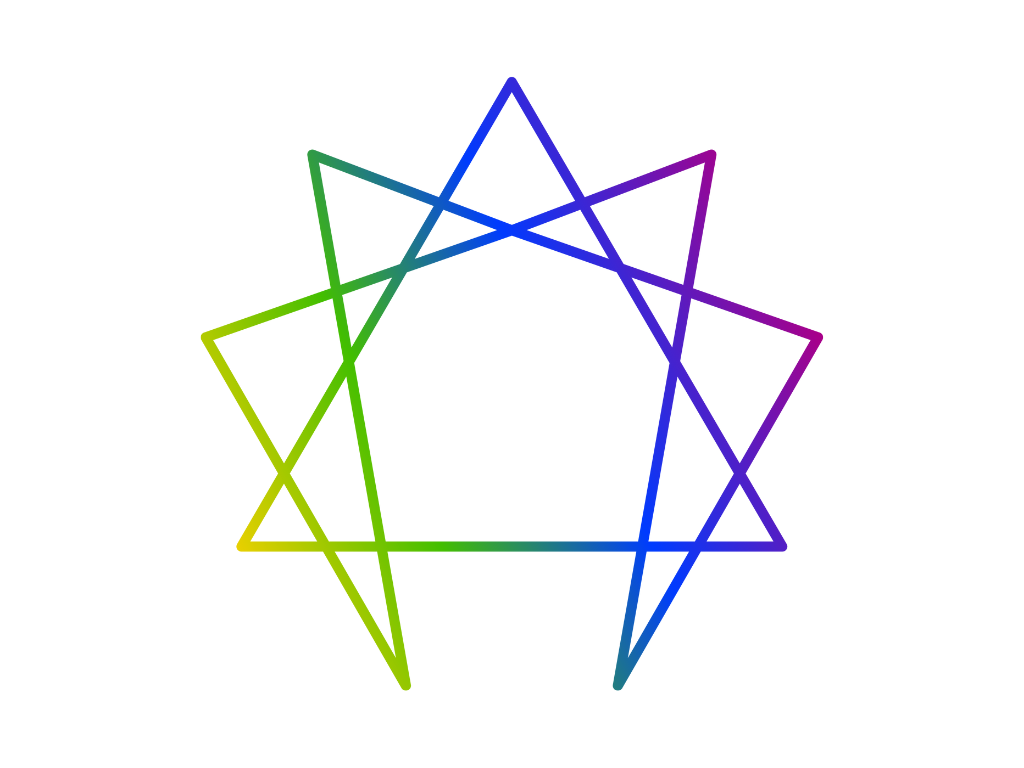
The Enneagram test and the Personality Color Assessment provide fascinating insights that help us understand not only our own behaviors and tendencies but also those of others around us. In this article we will dive into the possible integrations of the personality color assessment and the Enneagram test (otherwise solely known as ‘Enneagram’.
Personality color assessments categorize individuals based on their color preferences, offering a straightforward approach to personality profiling.
In contrast, the Enneagram provides a layered understanding, with nine personality types reflecting a range of psychological dynamics.
Understanding The Personality Color Assessment
The Personality color assessment divides individuals into categories based on color preferences, with each color representing certain key traits:
Blue: Thoughtful, loyal, and steady.
Green: Caring, encouraging, and harmonious.
Red: Assertive, confident, and proactive.
Yellow: Enthusiastic, creative, and sociable.
Our personality assessment goes step further by including the additional color of Orange traits.
Orange: Witty, spontaneous, and optimistic.
These colors reflect basic personality traits that can indicate how individuals perceive themselves and interact with the world.

Enneagram Overview
Enneagram is a complex system that categorizes personality into nine types, each with distinct motivations, fears, and internal dynamics. These types range from the Reformers, who are principled and perfectionistic, to the Peacemakers, who are easygoing and receptive. The types are:
The Reformer
The Helper
The Achiever
The Individualist
The Investigator
The Loyalist
The Enthusiast
The Challenger
The Peacemaker
Each Enneagram type provides a deep dive into psychological motivations and behavior patterns, offering insights into core fears and desires.
Bridging The Personality Color Assessment and Enneagram Types
Red Personality and Enneagram Types 3 and 8
Red personalities, characterized by assertiveness, energy, and a drive for success, often align with Enneagram Types 3 (The Achiever) and 8 (The Challenger). Understanding this connection can significantly enhance personal development and team dynamics.
For Type 3s, their red traits manifest in their desire for recognition and achievement, making them natural leaders in competitive environments. They excel in roles that require high visibility and performance, such as sales or executive positions.
Type 8s channel their red energy into asserting control and protecting others, making them effective in leadership roles that require strong decision-making and the ability to confront challenges head-on. In team settings, recognizing these red-Enneagram connections can help in assigning roles that leverage their strengths, such as spearheading new initiatives or leading high-stakes negotiations.
Blue Personality and Enneagram Types 1 and 5
Blue personalities, known for their analytical, thoughtful, and detail-oriented nature, often correlate with Enneagram Types 1 (The Perfectionist) and 5 (The Investigator). This connection offers valuable insights for personal growth and professional development.
Type 1s with blue traits excel in roles requiring precision and high standards, such as quality control or ethical compliance. Their meticulous nature, combined with a strong sense of right and wrong, makes them invaluable in establishing and maintaining systems of integrity.
Type 5s with blue characteristics thrive in research-oriented positions or roles that require deep, specialized knowledge. In practical applications, understanding these blue-Enneagram links can guide career counseling, helping individuals find fulfilling roles in fields like academia, data analysis, or strategic planning where their natural inclinations towards thorough investigation and logical thinking are highly valued.
Green Personality and Enneagram Types 2 and 9
Green personalities, associated with harmony, growth, and balance, frequently align with Enneagram Types 2 (The Helper) and 9 (The Peacemaker). There are significant implications for relationship management and team collaboration.
Type 2s with green traits excel in roles that involve nurturing and supporting others, making them ideal for positions in human resources, counseling, or customer service. Their natural empathy and desire to help others create harmonious work environments.
Type 9s channel their green energy into mediating conflicts and creating consensus, making them valuable in roles that require diplomacy and the ability to see multiple perspectives. In practical applications, recognizing these green-Enneagram links can be crucial in conflict resolution strategies, team building exercises, and creating inclusive workplace cultures where diverse viewpoints are valued and integrated.
Yellow Personality and Enneagram Types 4 and 7
Yellow personalities, characterized by optimism, creativity, and enthusiasm, often correspond with Enneagram Types 4 (The Individualist) and 7 (The Enthusiast). This alignment offers rich insights for innovation and creative problem-solving in various fields.
Type 4s with yellow traits bring a unique, artistic perspective to their work, excelling in roles that allow for self-expression and emotional depth, such as creative writing, art direction, or brand development. Their ability to tap into deep emotions can be leveraged in marketing campaigns that aim to create strong emotional connections with audiences.
Type 7s channel their yellow energy into generating exciting ideas and exploring new possibilities, making them invaluable in brainstorming sessions, product development, or entrepreneurial ventures. In practical applications, understanding these yellow-Enneagram connections can guide the formation of innovation teams, ensuring a balance of creative vision and enthusiastic execution.
Orange Personality and Enneagram Types 6 and 8
While not always included in every color personality system, Orange personalities, when considered, often represent adventure, sociability, and enthusiasm. This color can be interestingly linked to Enneagram Types 6 (The Loyalist) and 8 (The Challenger). This connection provides unique insights into risk management and leadership styles.
Type 6s with orange traits bring a combination of caution and courage to their roles, making them excellent in positions that require both vigilance and the ability to take calculated risks, such as in cybersecurity or emergency response planning. Their loyalty, coupled with a sense of adventure, can be leveraged in team-building activities that push boundaries while maintaining a sense of security.
Type 8s with orange characteristics blend their assertive nature with a zest for life, excelling in entrepreneurial roles or positions that require bold, charismatic leadership. In practical applications, recognizing these orange-Enneagram links can be valuable in developing comprehensive risk assessment strategies, creating dynamic team structures, and fostering a workplace culture that balances security with innovation and excitement.
A few honorary mentions
Personal Growth
Insights from both frameworks can guide individuals in personal development efforts, targeting both broad traits and deeper motivations.
Relationships
This combined understanding can improve interpersonal relationships through better communication and empathy, recognizing the diverse ways people see and interact with the world.
Workplace Dynamics
In professional settings, this knowledge can help in team formation and leadership, aligning tasks with personality strengths to enhance productivity and satisfaction.
The Takeaway
Both of these assessments offer a unique and comprehensive tool-set for exploring human behavior. This integrated approach allows for a broader and deeper understanding of personality, enhancing personal, relational, and professional dynamics.
Curious about your personality color? Explore our assessment tool to gain deeper insights into your personality traits and improve your interactions with the world around you!
FAQs
What is the Enneagram?
The Enneagram is a system of personality typing that describes nine distinct personality types. It’s based on a geometric figure of nine interconnected points and is used for personal development, understanding relationships, and improving self-awareness.
How are the nine Enneagram types characterized?
The nine types are:
- Type 1: The Perfectionist
- Type 2: The Helper
- Type 3: The Achiever
- Type 4: The Individualist
- Type 5: The Investigator
- Type 6: The Loyalist
- Type 7: The Enthusiast
- Type 8: The Challenger
- Type 9: The Peacemaker
Each type has distinct motivations, fears, and behavioral patterns.
Can a person be more than one Enneagram type?
While everyone has a dominant type, the Enneagram theory suggests that individuals can have traits from other types as well. This is often referred to as “wings” (adjacent types on the Enneagram diagram) or through the concept of “integration” and “disintegration” lines, which describe how a type may take on characteristics of other types under different circumstances.
How to make new friends? Does Your Color Types Personality
[read-time] Knowing how to make new friends is a daunting task, especially as we get…
The DISC Personality Test and The Personality Color Assessment: Uncovered
[read-time] The DISC personality test and The Personality Color Assessment are two popular tools that,…
The Personality Color Assessment & The OCEAN Model (Big 5
[read-time] This article delves into how our personality color assessment aligns with the OCEAN Model…
The Myers Briggs Personality Test and The Color Personality Test
The Color Personality Test categorizes individuals based on their preferred colors, associating these colors…
The Power of Combining Colors Personality Assessment with Carol Dweck’s
[read-time] Table of ContentsIntroduction to motivation and mindset theoryIntroduction to personality assessments and their role…
Personality Color Assessment – What Exactly is it and Why
In this article you’ll learn 5 vital benefits of personality color assessments!…
